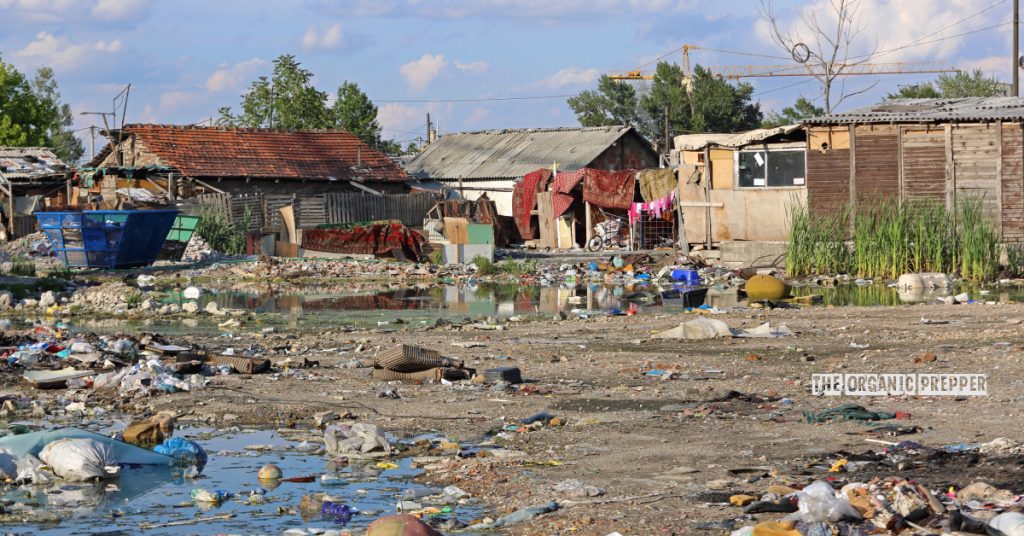by Daisy Luther, The Organic Prepper:

Thankfully, the worst is behind the good people of Rio Grande do Sul state after the most tragic flood in four generations (more on that in a moment, and if you missed the previous article, you can find it here). However, in the aftermath, things haven’t yet returned to normal: they’re still digging out cars, equipment, people, and animals, and they are only now starting to rebuild the infrastructure. The region’s main airport should only reopen fully by the end of 2024.
TRUTH LIVES on at https://sgtreport.tv/
Estimates say more than 200.000 cars, or 10% of the state’s fleet, went underwater, a massive loss for owners and insurance companies, to the point it has impacted the whole nation’s market. It’s similar to the impact Hurricane Katrina had on the US economy,
My friend’s family has returned to their home, still counting the material losses and financial setbacks. But he’s returned to work and the kids to school so they’re grateful for that and staying positive. Recovering and cleaning of the house and goods will cost a chunk of money, but it’s now a matter of time. Most people in the areas affected are in the same situation.
I sent him some cleaning supplies. They did have a hard time dealing with insects as predicted, but not for long: it’s winter in South America, and temperatures dropped as it was beginning to dry. Diseases, however, are still a problem. We’ve been speaking and exchanging thoughts and stories since the last article, so here are our final considerations about floods, natural disasters, and prepping in general.
This isn’t the first time this has happened, and it won’t be the last.
In 1941, it rained nonstop for 22 days, causing a major flood in Rio Grande do Sul. The waters reached 15,6 feet high, taking down the power and water supply in the capital and other cities. The telegraph also stopped working, hampering search and rescue communications and isolating the state. It took days for other parts of the country to become aware of the situation.
During the 1970s, the government invested in anti-flood measures to contain the waters of Guaíba River. There are more than 42 miles of dikes, 14 relief ports, 23 pumps, and relief ditches along the river’s margins as it crosses the capital, Porto Alegre. However, thanks to incompetence, bureaucracy, and corruption of continuous leftist administrations, the motors operating the ports have been stolen, and only four of those pumps are working. That’s what I mean when I talk about Thirdworldization.
The lesson here is SHTF can strike more than once, and it pays to go back in history and dig up the natural disaster track record of the region you live in or plan to move to. Research the authorities’ response, too, not to rely on state support but to draw your action plan. Even if the information revealed doesn’t change your decisions, for whatever reason, at the very least, you know what can happen and prepare accordingly.
Every action, even inaction, is strenuous, stressful, slow, and dangerous.
Every effort, every task, even the most basic ones such as resting or eating, takes another dimension during a disaster. I’ve mentioned that in my post about the North Shore landslides, but this can compound as the situation doesn’t improve (or worsens), and the days and weeks pass.
Read More @ TheOrganicPrepper.ca



